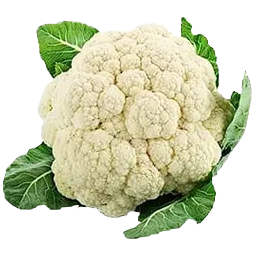They happen when lines meet where the width of the feature isn’t an exact multiple of the extruder’s width and the printer has trouble filling in the void. Usually they’re fairly invisible, but when printing white on black, they stand out like a sore thumb.
I’m wondering if there’s a good simple way of avoid this problem in the slicer. The ultimate fix of course is to print a square sheet of white PLA under the white letter, but I’d rather not mess with my model because it’s quite complex already.


Set your slicer to only use one wall for the top layer. Edit: also, calibrate your extrusion. This looks like slight underextrusion to me.
Solid suggestions, they could also try turning on ironing if the above doesn’t produce satisfactory results.
I would say under-extrusion would probably make ironing less attractive in this case depending on why there was under-extrusion.Would help, but I think it would still be subpar.
Right: Ironing would be for after they fixed extrusion and only if they still didn’t like how it looked.
I finally had time to look into this - in the slicer at least - and I think you’re right: one wall should solve the issue. I can tell just by how the slicer arranges things. I turned on ironing too for the topmost layer. That should make it even better.
I’ll go to the office to start the print today. It takes about 5 hours - and 20 more minutes just for the ironing of that one surface 🙂 I’ll let you know how it goes.
Thanks for the suggestion!